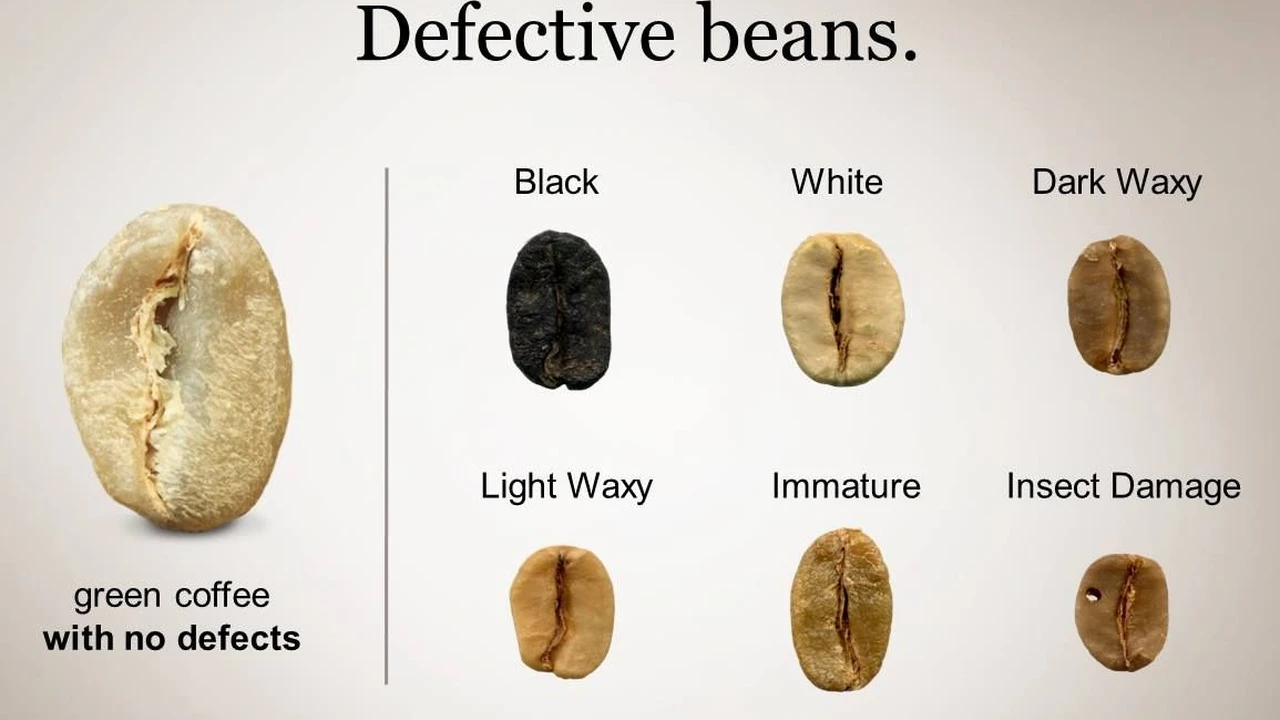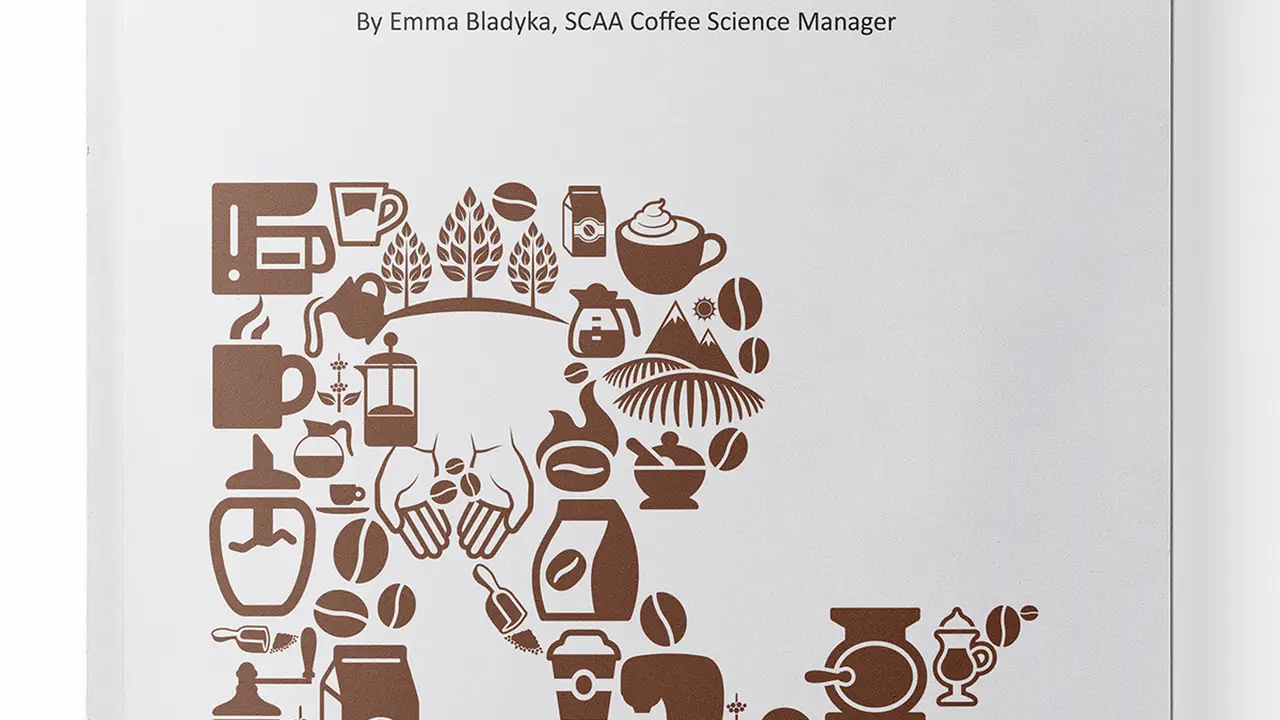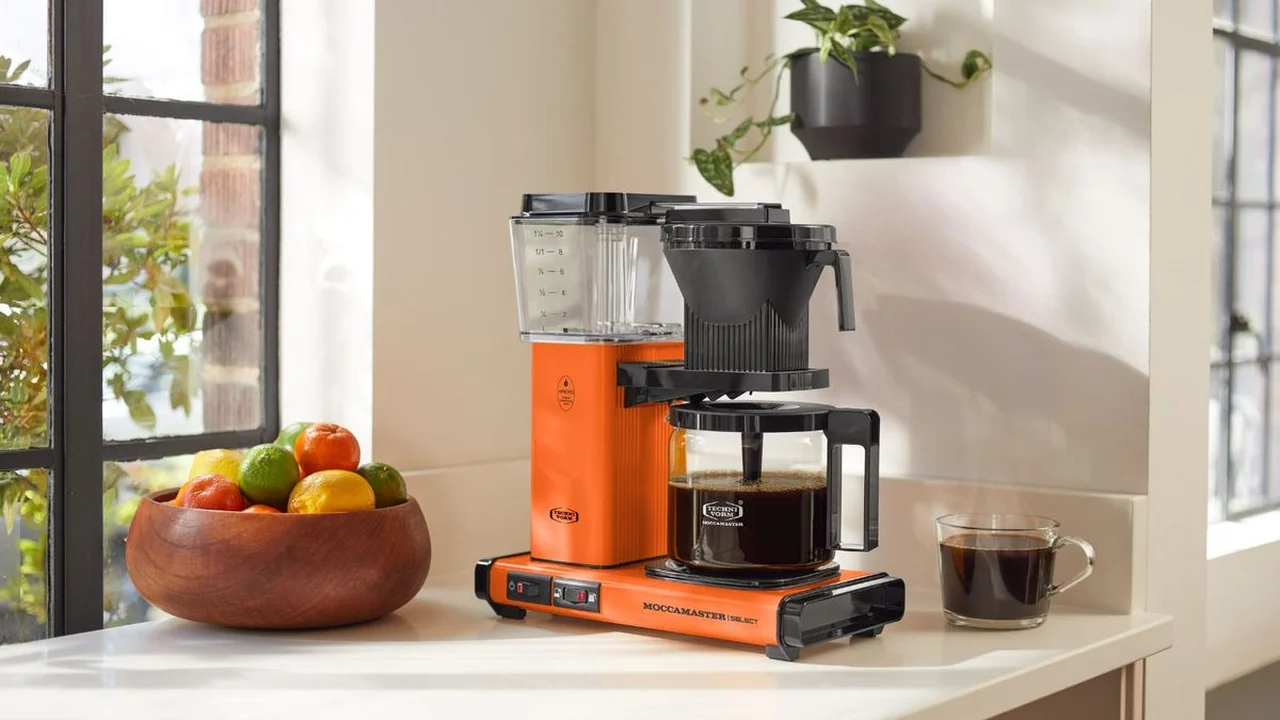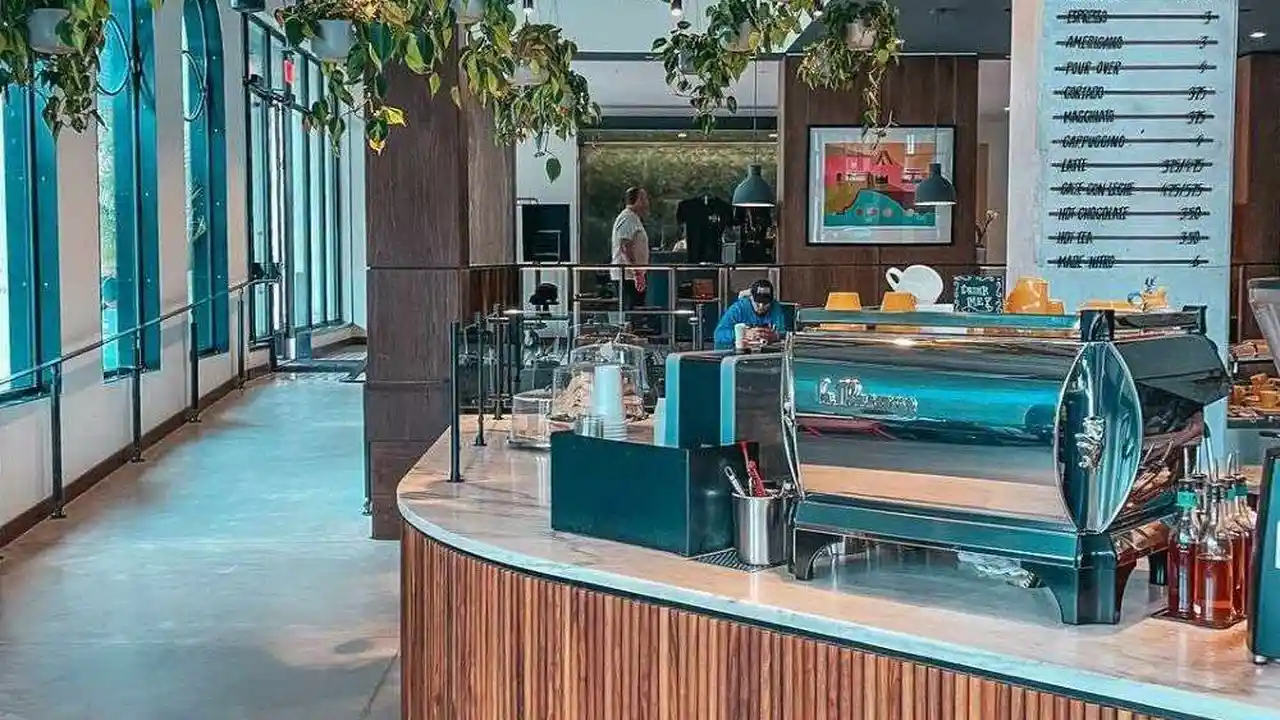Coffee Bean Defects How to Identify and Avoid Them
Explore how growing altitude influences coffee bean flavor. Understand why high-altitude beans often have complex and vibrant notes.

The Impact of Altitude on Coffee Bean Flavor
Ever wondered why some coffees taste so bright and floral, while others are rich and earthy? A huge part of that magic comes down to where the coffee beans are grown, specifically their altitude. It's not just a number on a map; it's a critical factor that shapes the very essence of your morning cup. Let's dive deep into how altitude plays a starring role in developing those complex and vibrant notes we all love.
Why Altitude Matters for Coffee Beans
Think of coffee plants like fine wine grapes. They thrive under specific conditions, and altitude provides a unique set of environmental stressors and benefits that directly impact the bean's development. Higher altitudes generally mean cooler temperatures, more consistent rainfall, and often, more distinct day-night temperature fluctuations. These conditions slow down the maturation process of the coffee cherry.
When coffee cherries mature slowly, the coffee plant has more time to develop complex sugars and acids. These are the building blocks of flavor. Lower altitude coffees, grown in warmer climates, tend to mature faster, resulting in beans with simpler sugar structures and less acidity. This often translates to a less nuanced, more straightforward flavor profile.
High Altitude Coffee Beans Flavor Profile
So, what kind of flavors can you expect from high-altitude beans? Generally, they are celebrated for their:
- Brighter Acidity: This isn't a sour taste, but rather a pleasant, lively tartness that can be compared to citrus fruits, berries, or even wine. It adds vibrancy and complexity to the cup.
- More Complex Aromatics: Expect a wider range of aromatic notes, including floral (jasmine, rose), fruity (citrus, stone fruit, berries), and sometimes even delicate spice notes.
- Denser Bean Structure: The slower growth at higher altitudes leads to denser beans. This density means they roast more evenly and can hold onto their delicate flavors better.
- Clean Finish: High-altitude coffees often have a very clean and crisp finish, leaving a pleasant aftertaste without lingering bitterness.
These characteristics make high-altitude coffees highly sought after by specialty coffee enthusiasts and roasters alike. They offer a more refined and exciting sensory experience.
Low Altitude Coffee Beans Flavor Profile
While high-altitude coffees get a lot of hype, low-altitude beans have their own charm and purpose. They typically offer:
- Lower Acidity: This makes them smoother and often more approachable for those who prefer less brightness in their cup.
- Fuller Body: They tend to have a heavier, more syrupy mouthfeel.
- Earthy and Nutty Notes: Common flavor profiles include chocolate, nuts, caramel, and earthy undertones.
- Higher Yields: Warmer climates often allow for more abundant harvests, making these beans more cost-effective.
Low-altitude coffees are often used in espresso blends for their body and crema, or in darker roasts where their inherent sweetness and lower acidity shine through without becoming overly bitter.
Specific Altitude Ranges and Their Coffee Characteristics
It's not just 'high' or 'low'; different altitude ranges contribute to distinct characteristics:
Very High Altitude Coffee Beans (Above 1,500 meters / 5,000 feet)
These are the crème de la crème of coffee growing regions. Think of places like the highest peaks of Ethiopia, parts of Colombia, and some regions in Central America. Coffees from these altitudes are often referred to as 'Strictly High Grown' (SHG) or 'Strictly Hard Bean' (SHB) in Central America, indicating their density and quality.
- Flavor Profile: Exceptionally bright acidity, complex floral and citrus notes, delicate body, and a very clean finish. These are often single-origin stars.
- Examples: Ethiopian Yirgacheffe, Colombian Supremo (from high regions), Guatemalan Antigua SHB.
- Typical Price Range: Higher end, often $15-$30+ per 12oz bag for specialty roasted beans.
- Best Use: Pour-over, AeroPress, or any method that highlights delicate flavors.
High Altitude Coffee Beans (1,000 - 1,500 meters / 3,300 - 5,000 feet)
This is a sweet spot for many high-quality coffees, offering a balance of complexity and body. Many excellent specialty coffees fall into this category.
- Flavor Profile: Good acidity, balanced body, notes of chocolate, nuts, caramel, and some fruitiness. Versatile and well-rounded.
- Examples: Brazilian Santos, some Costa Rican Tarrazu, many Indonesian coffees.
- Typical Price Range: Mid-range, often $12-$20 per 12oz bag.
- Best Use: Versatile for most brewing methods, including drip, French press, and espresso.
Medium Altitude Coffee Beans (500 - 1,000 meters / 1,600 - 3,300 feet)
Coffees from these altitudes are generally more robust and less acidic, often forming the backbone of many commercial blends.
- Flavor Profile: Lower acidity, fuller body, notes of chocolate, earth, and sometimes a hint of spice. Good for darker roasts.
- Examples: Some Vietnamese Robusta, lower-grown Brazilian Arabica.
- Typical Price Range: More affordable, often $8-$15 per 12oz bag.
- Best Use: Espresso blends, darker roasts, or for those who prefer a less acidic cup.
Low Altitude Coffee Beans (Below 500 meters / 1,600 feet)
These are typically Robusta beans or lower-grade Arabica. They mature very quickly due to the warmer temperatures.
- Flavor Profile: Very low acidity, very full body, often rubbery or earthy notes, high caffeine content.
- Examples: Most Robusta varieties, some commercial-grade Arabica.
- Typical Price Range: Very affordable, often $5-$10 per 12oz bag.
- Best Use: Instant coffee, commercial blends, or for those seeking a high caffeine kick.
Recommended High Altitude Coffee Beans and Brands
If you're keen to explore the vibrant world of high-altitude coffees, here are a few specific recommendations and what makes them stand out:
Ethiopian Yirgacheffe
- Origin: Yirgacheffe region, Ethiopia (often grown at 1,800-2,200 meters).
- Flavor Profile: Renowned for its bright, clean, and floral notes, often with hints of lemon, jasmine, and berry. It has a light body and a tea-like finish.
- Why it's great: This is a classic example of a high-altitude coffee that truly showcases the potential for complex aromatics and delicate acidity. It's often washed processed, which further enhances its clarity.
- Recommended Roasters/Brands:
- Counter Culture Coffee - Idido (Ethiopia): Often features Yirgacheffe beans. Expect bright citrus and floral notes. Price: Around $18-$22 for 12oz.
- Blue Bottle Coffee - Ethiopia Single Origin: They frequently offer excellent Yirgacheffe or similar Ethiopian high-altitude beans. Known for their meticulous roasting. Price: Around $19-$24 for 12oz.
- Sweet Maria's (Green Beans): If you're into home roasting, they often have fantastic Yirgacheffe green beans. Price: Varies, but typically $6-$8 per pound for green beans.
- Best Brewing Method: Pour-over, Chemex, AeroPress to highlight its delicate flavors.
Colombian Supremo
- Origin: Various high-altitude regions in Colombia (often 1,200-2,000 meters). 'Supremo' refers to the largest bean size, indicating quality.
- Flavor Profile: Well-balanced, medium body, bright acidity, with notes of chocolate, nuts, and sometimes red fruit. Very approachable and consistent.
- Why it's great: Colombian coffee is a staple for a reason. The high altitudes contribute to its consistent quality and pleasant acidity, making it a crowd-pleaser.
- Recommended Roasters/Brands:
- Peet's Coffee - Colombia Luminosa: A popular choice, offering a bright and balanced cup. Price: Around $15-$18 for 12oz.
- Starbucks - Colombia Nariño Supremo: While a large chain, their Nariño Supremo often showcases good high-altitude Colombian characteristics. Price: Around $13-$16 for 12oz.
- Intelligentsia Coffee - El Gallo: Often a blend, but frequently features high-quality Colombian components, offering a rich and balanced profile. Price: Around $17-$20 for 12oz.
- Best Brewing Method: Drip coffee, French press, or espresso for a balanced shot.
Guatemalan Antigua SHB
- Origin: Antigua region, Guatemala (Strictly Hard Bean, grown above 1,300 meters).
- Flavor Profile: Known for its full body, rich chocolate notes, bright acidity, and often a smoky or spicy undertone. Very complex and satisfying.
- Why it's great: The volcanic soil and high altitudes of Antigua create a unique microclimate that produces some of the world's most distinctive and highly regarded coffees.
- Recommended Roasters/Brands:
- Stumptown Coffee Roasters - Guatemala Finca El Injerto: A premium offering, often showcasing the best of Guatemalan coffee with incredible complexity. Price: Higher end, often $25-$35 for 12oz.
- Death Wish Coffee Co. - Valhalla Java (often contains Guatemalan beans): While known for high caffeine, their blends often use high-quality, high-altitude beans for flavor. Price: Around $18-$22 for 12oz.
- Local Specialty Roasters: Many local roasters will feature single-origin Guatemalan Antigua. Check your local coffee shop!
- Best Brewing Method: French press, AeroPress, or espresso to bring out its rich body and complex flavors.
The Role of Processing Methods and Altitude
It's important to remember that altitude isn't the only factor. The processing method (washed, natural, honey) also significantly impacts the final flavor. However, high-altitude beans, with their inherent density and complex sugar development, respond exceptionally well to various processing methods, often amplifying their unique characteristics.
- Washed Process: This method, common for high-altitude coffees, emphasizes the bean's inherent acidity and cleanliness, leading to bright, crisp flavors.
- Natural Process: While less common for the highest altitude beans (due to risk of defects), when done well, natural processing on high-altitude beans can yield incredibly fruity and sweet coffees with a heavier body.
- Honey Process: A hybrid method that can bring out a balance of sweetness and acidity, often resulting in a rounder, more nuanced cup.
How to Appreciate Altitude's Impact in Your Cup
To truly taste the difference altitude makes, try a little experiment:
- Compare Origins: Purchase two single-origin coffees from different altitudes (e.g., an Ethiopian Yirgacheffe and a lower-grown Brazilian).
- Brew Consistently: Use the same brewing method, water temperature, and grind size for both.
- Taste Side-by-Side: Note the differences in acidity, body, and flavor notes. You'll likely notice the high-altitude coffee has a brighter, more complex profile.
Understanding the impact of altitude adds another layer of appreciation to your coffee journey. It helps you predict flavor profiles, choose beans that suit your preferences, and truly savor the incredible diversity that the world of coffee offers. So next time you're buying beans, take a peek at their origin and altitude – it tells a delicious story.
:max_bytes(150000):strip_icc()/277019-baked-pork-chops-with-cream-of-mushroom-soup-DDMFS-beauty-4x3-BG-7505-5762b731cf30447d9cbbbbbf387beafa.jpg)






